While COVID-19 has fundamentally changed the way we all live and work, the pandemic has not affected all equally. It has brought to light existing disparities in both our health and economic systems. Women and people of color are more likely to be essential workers—with a higher share of employment in health care, social work, and grocery—putting them at greater risk of exposure.
Globally, a McKinsey report finds that women are more likely to lose their job during the pandemic than men—women account for 39 percent of global employment but 54 percent of job losses to date. They are more likely to work in sectors disproportionately impacted by the crisis such as food service, hospitality, and retail. In addition, many women are dropping to part time or out of the labor force entirely in order to provide child care or online school supervision for their children. The same report finds that female entrepreneurs may be disproportionately impacted by the crisis, especially female-owned microenterprises—firms with fewer than 10 employees —in developing countries. A May survey of small business owners in 50 countries found that female-owned firms were almost 6 percentage points more likely to be closed due to COVID-19 than male-owned firms. With household resources scarce, capital or digital devices that would normally be used for women’s businesses may be reallocated to other purposes, driven by intrahousehold dynamics and social norms about gender roles.
Development organizations and governments looking to promote female entrepreneurship should focus on package interventions that address more than one constraint.
A strong recovery requires not only providing stopgap measures to help firms make it through the current crisis, but also using this moment to help create new economic opportunities that are accessible to all. Core to this is leveling the playing field for women, Black, Indigenous, and people of color, both in employment and in entrepreneurship.
But what really works to promote women’s entrepreneurship and firm growth? Do women need the same supports as male business owners, or do they face a unique set of constraints that requires additional interventions? In our new paper, we attempt to answer these questions by conducting a meta-review of existing evaluations of programs that support female entrepreneurship, in order to assess which types of interventions work best for women.
Entrepreneurs by choice or necessity?
Due to a dearth of good jobs in many developing countries, many people become entrepreneurs out of necessity, running small, informal firms that employ few paid employees. Others, however, run established small and medium size enterprises (SMEs) that are looking to grow. There is little crossover between these two groups; few microenterprises will ever grow to become SMEs. Microenterprises dominate the market in developing countries, thus, most entrepreneurship interventions to date have focused on this group.
While the needs of SMEs are different from that of microenterprises, there is overlap between the two. Both are underserved by traditional financial institutions in developing countries and experience constraints in accessing finance. There is often a high barrier to entry for new firms in the formal sector in terms of time, administrative hoops, and fees, which keeps most firms in the informal sector. Business and managerial skills are likewise a barrier for both size firms, as are market and network connections.
These constraints impact firms regardless of gender. Yet female firm owners face additional obstacles, such as educational disparities, legal barriers to employment, and care work responsibilities. Women may struggle to access finance due to limited credit histories, break into lucrative sectors deemed traditionally male, and cultivate business connections to circumvent market and regulatory hurdles. For many female entrepreneurs, such constraints are often mutually reinforcing.
What works for women microentrepreneurs?
Our study looks at 54 evaluations of entrepreneurship programs targeting female microentrepreneurs in 27 developing countries. We find that the majority of interventions fall into three categories: training, finance, or a combination of both. We look at outcomes related to both entrepreneurial activation—i.e., did women become entrepreneurs or continue to operate their businesses?—and entrepreneurial quality—i.e., did women become better entrepreneurs, improving firm performance?
We find that training plus something else—whether finance, technical assistance, or mentorship—has a larger impact on female entrepreneurs than training alone or finance alone. Such programs have a moderate to substantial impact on encouraging women to engage in entrepreneurial activity, while results are more mixed on outcomes related to entrepreneurial quality and firm performance. However, there is a wide range of size estimates for each type of intervention, suggesting that program design and country context matter greatly for intervention success.
Given the multiplicity of constraints that women face to access and engage in entrepreneurship, it is not surprising that intervention packages that tackle more than one barrier at a time—say via support for skills and financing, or via skills training plus mentoring to improve information networks and sector choice—perform better than interventions that only address a single barrier. Our results mirror that of the larger literature, that suggests that training alone is not enough to improve business outcomes for women. Thus, development organizations and governments looking to promote female entrepreneurship should focus on package interventions that address more than one constraint. Evidence suggests that training + relatively low-cost things such as mentorship are more effective than training alone, thus tacking this onto an existing program may be an easy way to improve outcomes.
However, there are still many things we do not know. Most interventions to date, and hence most evaluations, focus on training, finance, or a combination of the two. There are very few interventions that address other core constraints women face, such as child care, market/regulatory burdens, sector choice, and information failures, and even fewer have been rigorously evaluated. More piloting is needed to evaluate interventions beyond training and financing to assess effectiveness. Finally, there is still a large gap in knowledge as to what works to support female-led SMEs (as opposed to microenterprises). The World Bank launched the Women’s Leadership in Small and Medium Enterprises (WLSME) in 2011 to pilot and evaluate 12 interventions for female SMEs in developing countries. Once completed, this will provide a much-needed new wave of evidence for what works for these growth-oriented entrepreneurs.
Understanding how to best support female entrepreneurs is an important part of the policy agenda to promote growth and productivity in developing countries. But it is also important in redressing the deeply entrenched inequalities of opportunity by ethnicity, race, and gender that the COVID-19 pandemic has so harshly brought to light—not only in developing and emerging economies, but in advanced economies as well. Using this moment of flux to build an economy that works better for a wider swath of people not only supports greater resiliency for future crises, but also works to create a more equitable world.
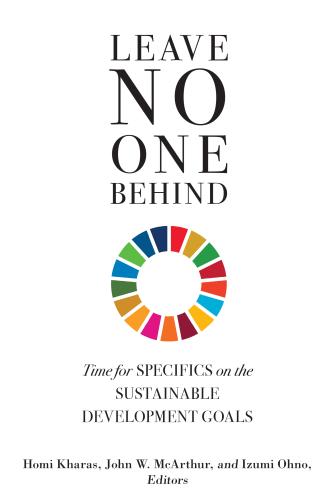
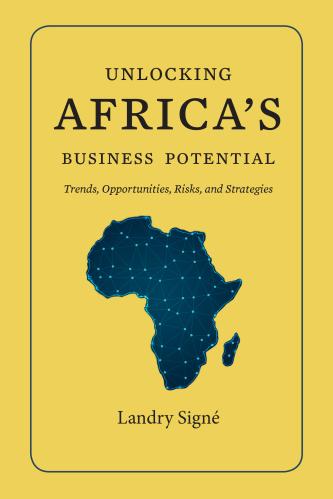
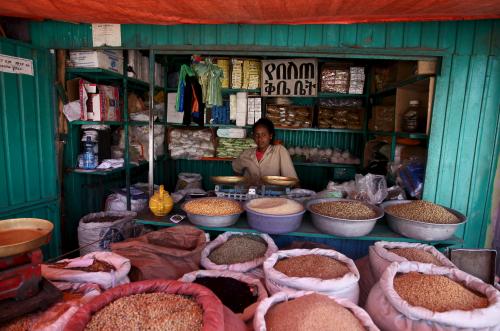
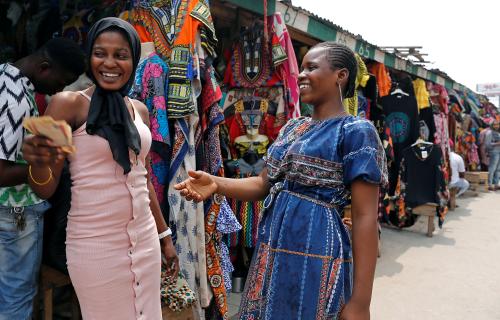




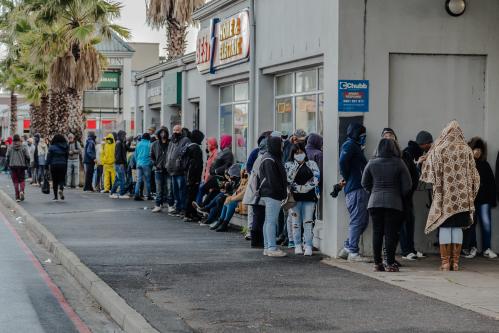
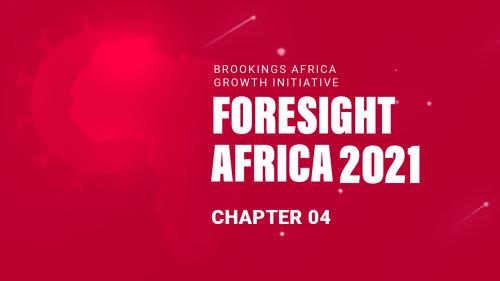
Commentary
What types of interventions promote women’s entrepreneurship?
September 16, 2020